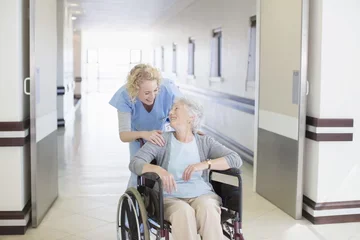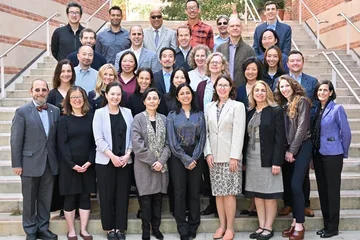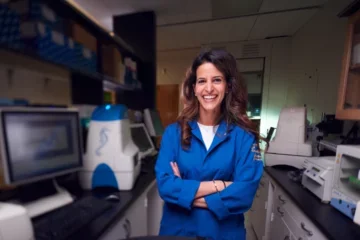What Does a Neurologist Do?
A UCLA Doctor Explains
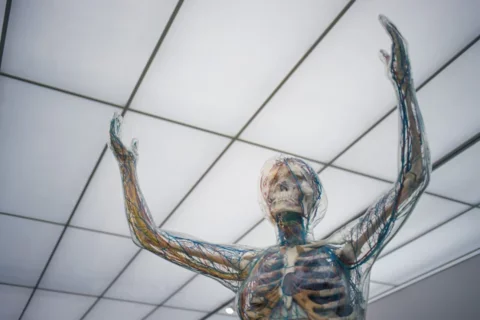
A Day in the Life of Dr. Charles Flippen II, Neurologist and Residency Director for Clinical Neurology
A neurologist treats diseases of the peripheral and central nervous systems, which includes the brain, spinal cord, peripheral nerves and muscle. It's a complex field with a wide array of subspecialties, including stroke, sleep disorders and Alzheimer's disease. A day in the life of a neurologist consists of solving puzzles.
Charles Flippen II, MD, is a neurologist at UCLA Health. He splits his time between seeing patients, research and education efforts, and he oversees the residency in Clinical Neurology at the David Geffen School of Medicine at UCLA. He sub-specializes in headaches.
"Neurology touches on every aspect of medicine," he says. "The brain brings everything together. I love what I do because I get to interact closely with patients and figure out puzzles."
(How to Become a Neurologist. Click the link to learn more...)
Gathering the Pieces of the Puzzle
Dr. Flippen sees patients in the UCLA Headache Research and Treatment Program and at Olive View-UCLA Medical Center. Many patients he sees have been to other doctors first and have more complex medical problems.
He spends the first half of a day seeing new patients. The goal of a new patient visit is to get an understanding of the problem, to attempt to gather all the pieces of the puzzle.
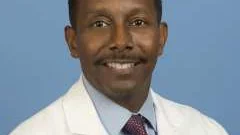
"My first task is to determine whether the patient's problem is neurological," he explains. To figure this out he asks many of the basic questions a doctor asks during a patient encounter. He then takes vital signs and asks the patient to identify their dominant hand. He asks how long the patient has had the problem and, for headaches, he looks for clues as to whether the pain is the result of a brain dysfunction, such as a migraine, or whether a tumor or inflammation may be present.
"I always start any visit by asking the patient, 'How can I help you?' I need to understand not only their complaint, but also how that complaint impacts their life. Are they unable to do an activity? Then I know how to tailor my treatment to improve their ability to lead the life they want. I give everyone uninterrupted time to tell me their story."
He then asks follow-up questions based on the information he receives. He looks for lifestyle factors, such as poor sleep, diet and exercise that may contribute to their headaches and also considers possible medication interactions.
A new patient visit can last as long as 45 minutes, and much of that time is spent talking directly with the individual about his or her life.
"I really get to know people, which is something I always thought should be a part of medicine," he says. "Patients have compelling stories, and I enjoy hearing them."
Putting the Pieces Together
After the initial exam, Dr. Flippen will talk to the patient about what he thinks is the problem. He may need to order a few tests to make an official diagnosis. With all the pieces of information on hand, he then offers treatment options to patients.
Often there are different medications patients can choose based on what fits their lifestyle. In many cases, cures aren't available, so Dr. Flippen proposes the best plans to help them maintain their chosen quality of life.
"Although you may not be able to cure their disorder, you can make their life better," he notes. "Neurologists are always committed to helping patients maintain the highest quality of life possible."
Neurology has many subspecialties, and a day in the life of a neurologist varies. The brain is a complex organ, and our understanding of it is still limited. A neurologist's job is to work closely with his or her patients to solve the puzzle of what's happening inside their brains. By listening carefully to their patients and picking up key pieces of information, neurologists are able to diagnose their patients' problems and put together the best treatment plans possible.
(Neurologist vs Neurosurgeon - What's the Difference? Click the link to learn more...)
